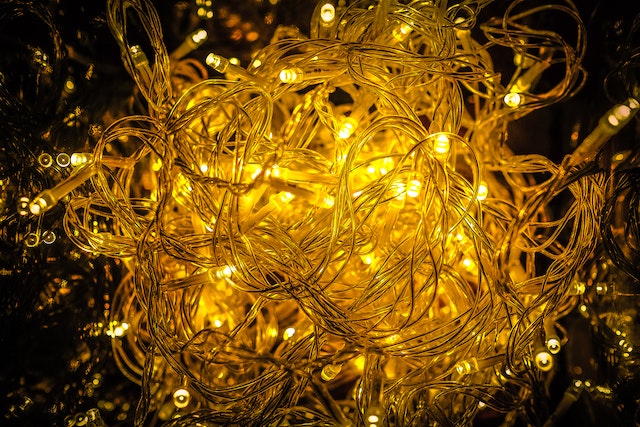The History of Christmas Ornaments
Christmas ornaments have been a cherished tradition for centuries. They evolved from the custom of decorating Christmas trees with apples, nuts, and candles, which was popular in Germany during the 16th century. However, the first commercialized American Christmas ornaments were produced in Germany in the late 800s and quickly gained popularity.
By the 1900s, varieties of Christmas ornaments had exploded. Glass ornaments in different colors and shapes, such as snowflakes, icicles, and balls, quickly became popular. In the 1920s, Shiny Brite made Christmas ornaments widely available in America and became a household name.
Today, Christmas ornaments are produced worldwide with various designs and materials. From traditional glass bulbs to wooden decorations and even handmade crafts, there’s something to suit everyone’s taste.
The Significance of Christmas Ornaments

Christmas ornaments symbolize family, love, and creativity. Decorating the Christmas tree is often a family affair, where loved ones come together to hang ornaments and create special memories. It is an opportunity for families to bond, reminisce, and build holiday traditions.
Each ornament on the tree tells a unique story – whether it was a gift from a loved one, handmade by a child, or collected on a memorable trip. They remind us of the joy and happiness of the holiday season.
In addition to bringing families together, Christmas ornaments also spread joy and cheer to others. They make great gifts for friends and loved ones and can brighten up any home during the winter months. Seeing Christmas ornaments can put a smile on anyone’s face and warm their hearts.
In Conclusion
It’s easy to see why Christmas ornaments have been essential to the holiday season. With their rich history, varied designs, and sentimental value, they bring joy and happiness to the world. We’re hanging ornaments with family or simply admiring them on a tree, the magic of Christmas ornamentally timeless.